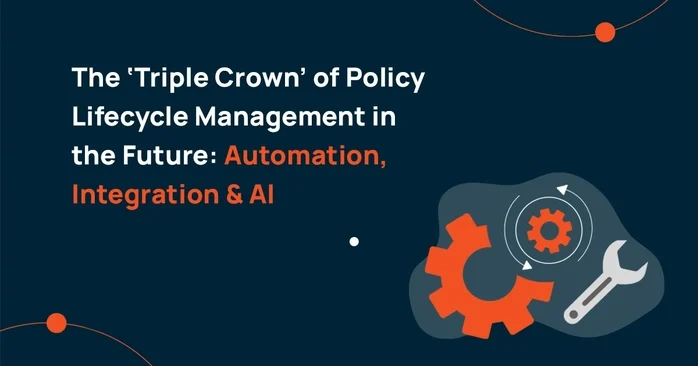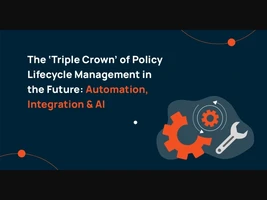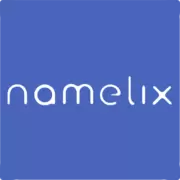Policy management is at the heart of an organization’s collective knowledge. In the ironic words of Lew Platt, the former CEO of Hewlett-Packard: “If HP knew what HP knows, we’d be three times more productive’.
Your enterprise needs software that is at the cutting edge of policy management. This brief article will provide insight into the exciting future of policy lifecycle management with a focus on three important pillars: integration, automation, and AI.
Integration is Shaping Policy Lifecycle Management
Integration is a cornerstone of contemporary document management. You need software that attains integration at its most complete. For example, we believe that Convergepoint’s software benefits immensely by being fully integrated within Microsoft’s SharePoint.
This means the software deploys directly into a client’s SharePoint platform. SharePoint is the firm foundation for ConvergePoint’s architecture from which a full life cycle tool was designed.
The result of true integration means harnessing the benefits of direct integration with your chosen underlying platform, such as Microsoft Office 365. Using native Microsoft integrations, such as its single sign-in facility, can be highly beneficial.
That means policy software that works within your existing active directory for all users within an organization, as per their assigned roles within a given digital ecosystem, regarding their respective roles and what they’ve been granted access. It also means that those with access can develop, review, and approve policies and procedures as they normally would for any document.
You should also be on the lookout for what we like to call ‘next-level integration’. For example, the ability of users to access needed documents using ConvergePoint is enhanced by the fact that every document has its own unique URL. This allows it to be copied and pasted elsewhere in an Office 365 ecosystem, such as the intranet.
At the same time, the version with which users are working will always be the most updated, real-time version.
Related Articles:Why Automated Policy Management Software is the Future of Compliance?3 Simple Steps to Automate Policies and Procedures
Automation & the Future of Policy Management
Automation is the future of all documentation-related software and is at the forefront of its functionality. One exciting search feature that the future-forward software affords users is their ability to peruse any document using content words or phrases. This goes beyond accessing documents via file names or certain metadata terms or words. This content search functionality should therefore be possible across multiple documents at the same time, once again highlighting the automated (as well as integrationist) functionality of the software.
Another feature might be that relating to verification-related tasks. This is when tasks are automatically assigned to or by given documents, such as acknowledgement by designated users that they have read and accepted a given document that may be mandatory in your organization.
This can be very useful, for example, for new employees during an on-boarding process. These automated pending and completed tasks for employees can be reviewed at any time by authorized senior users, such as managers.
AI & the Future of Policy Management
The policy software of today and into the future is all about AI. Software will have AI analysis functionality that will perform comparative analyses between different documents, such as one being written up or reviewed versus an existing document in the library. For example, an AI plugin might also analyzes clauses, matching proposed clauses with other existing documents in which similar clauses may already be readily available to copy and paste into a new document or require only slight editing in order to be used.
The plugin may also allow you to insert features specific to a document. These metadata tags can be inserted or removed as needed, so as to further heighten a document’s accessibility and ease with which it can be viewed and reviewed at any phase of its lifecycle.
Furthermore, an AI plugin might also feature a version history, whereby previous or minor versions of the document can be analyzed during a specific stage of the document’s evolution. This further enhances comparative analysis between different versions of the same document or family of documents.
To Reiterate: integration, automation and AI are greatly contributing to the evolution of policy lifecycle management. Cutting-edge policy software will need to incorporate all three factors if it is to meet the data and policy management demands of modern enterprises. Anything less will render the software redundant and, frankly, outdated.
Originally published by https://www.convergepoint.com/











